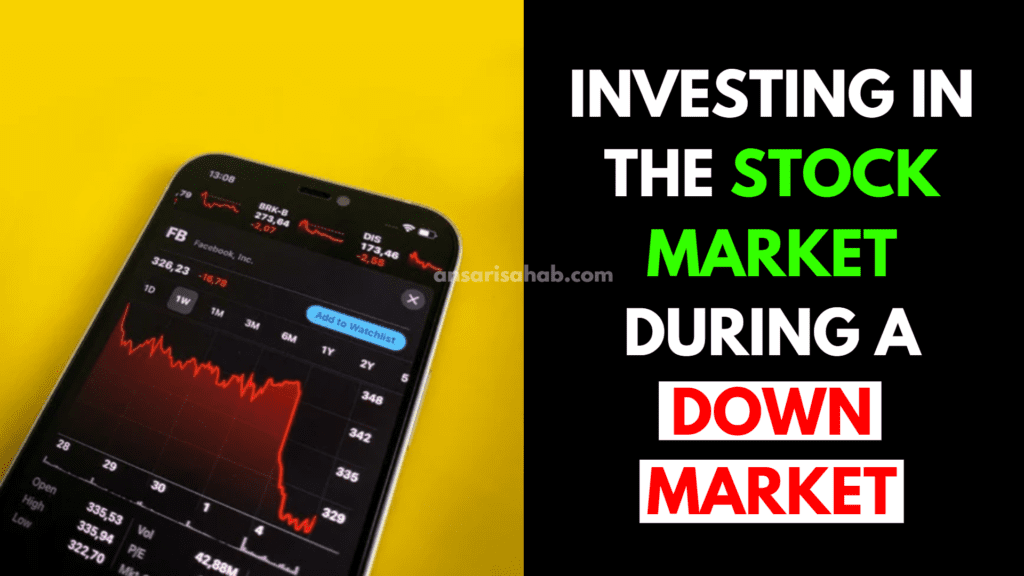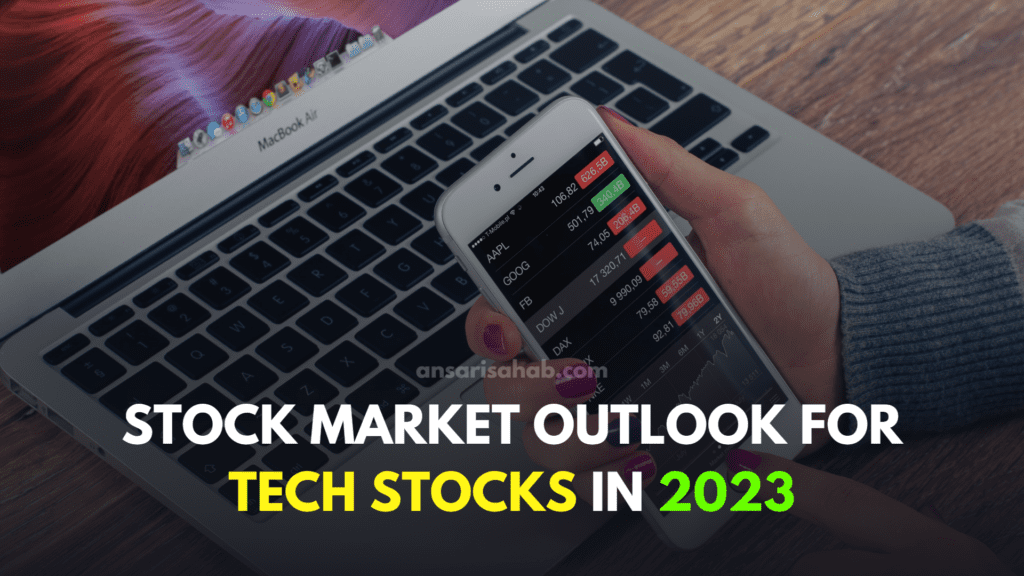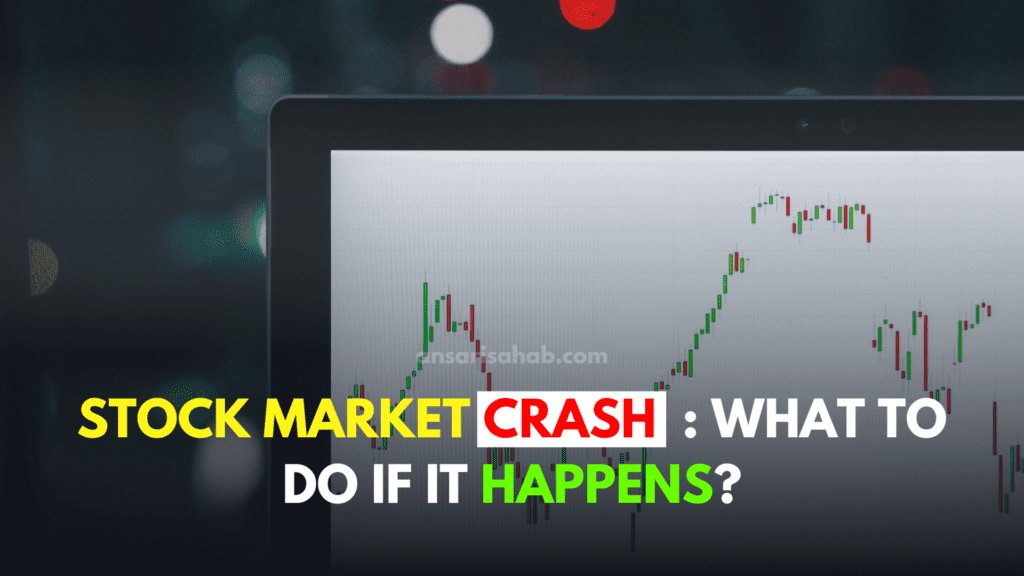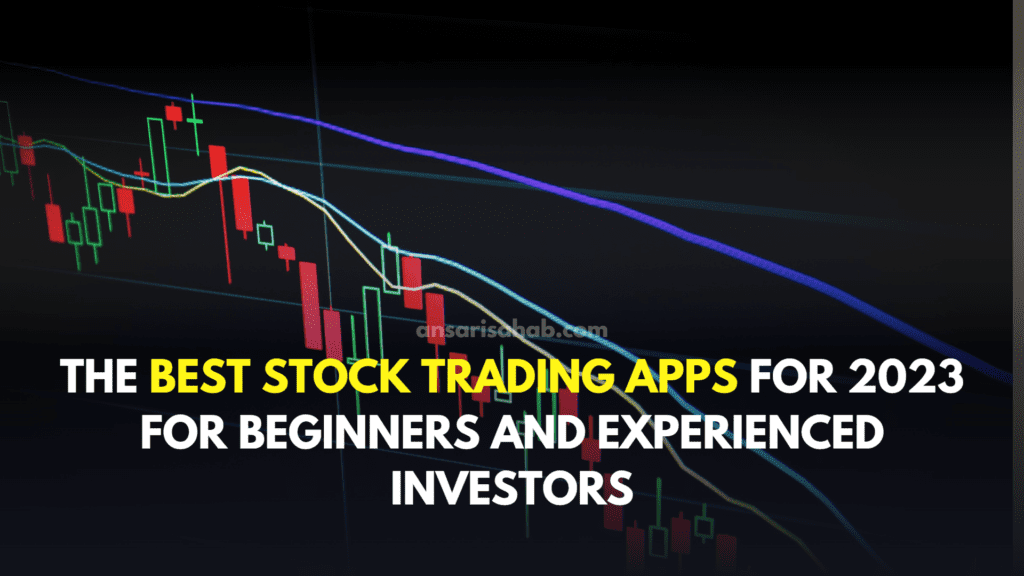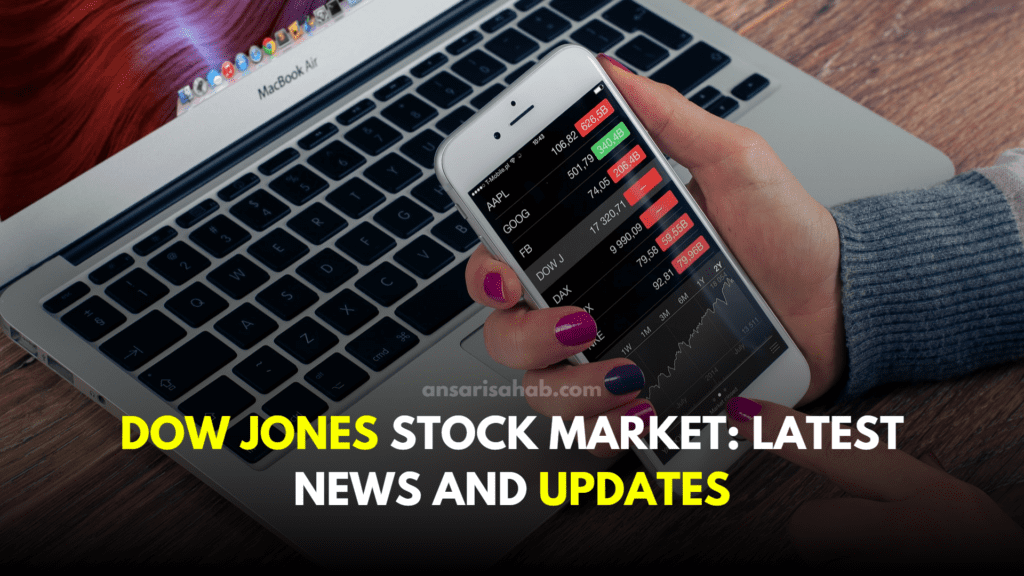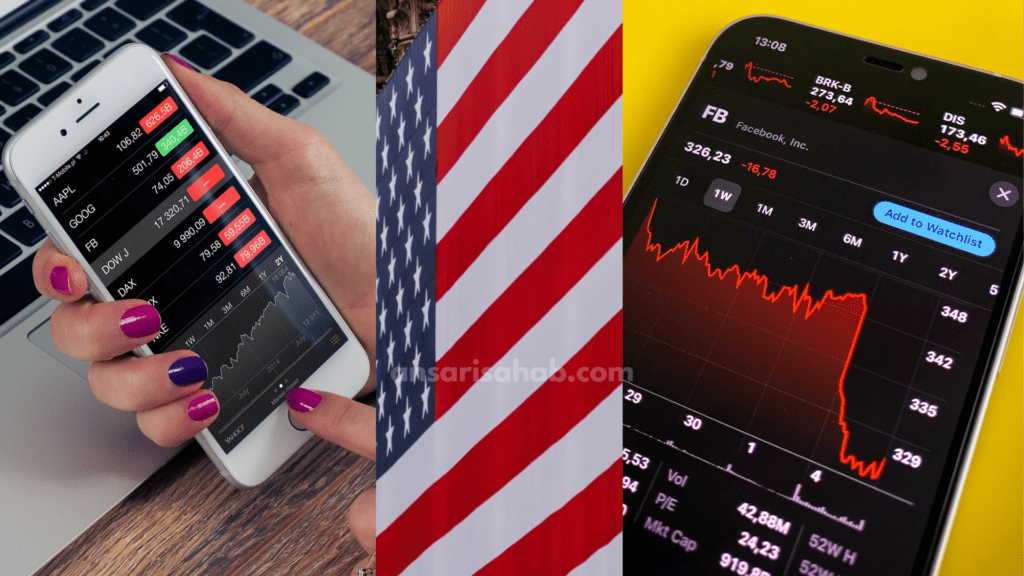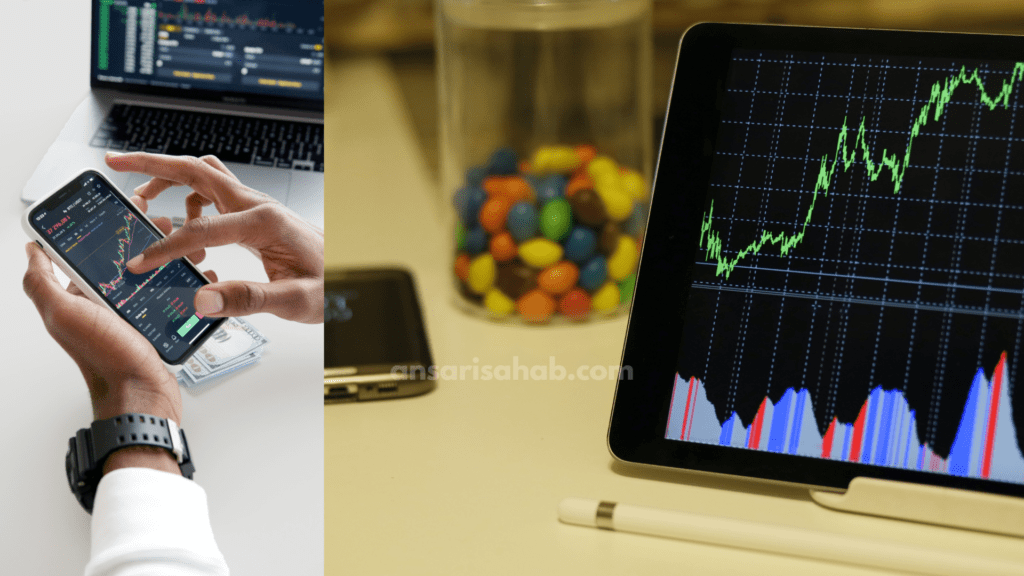The major US market index benchmarks—including the S&P 500, Nasdaq Composite, and Dow Jones—have recently hit fresh record highs, driven by a combination of Federal Reserve rate cuts, strength in technology and small-cap sectors, and optimism over economic data. These records, while offering optimism, also raise questions about sustainability and risk.
Key Index Records & Market Drivers
Wall Street closed out recent trading sessions with all three major indexes at record closing highs. On September 18-19, 2025, the S&P 500 rose 0.49%, Nasdaq added about 0.72%, and the Dow advanced 0.37%, each achieving new closing highs. The Russell 2000 (small-cap index) also rallied, marking its first record high in several years.
A key catalyst was the U.S. Federal Reserve’s decision to cut interest rates by a quarter point—the first reduction since late 2024. Fed Chair Jerome Powell emphasized that the labor market has softened sufficiently to warrant easing, and markets are now discounting the possibility of further cuts in October and December. Additional contributors included a surge in tech stocks, especially on news of a $5 billion investment by Nvidia into Intel, which amplified gains across the tech-heavy Nasdaq and the S&P’s technology sector.
Understanding the Significance of These Records
These new highs in various US market index measures reflect both investor hope and risk:
- Monetary policy expectations: The rate cut and projections of further easing have injected confidence into growth and tech sectors, which often benefit more than value or industrial stocks when borrowing costs decline.
- Sector rotation: Small-caps, which had been under pressure earlier, are now outperforming as investors rotate from large tech names toward more domestically focused businesses. The Russell 2000’s rise underscores this shift.
- Earnings resilience vs macro concerns: While corporate earnings have generally held up, concerns remain about inflation, labor market weakening, and the impact of global trade tensions. Some investors caution that valuations might be stretched in certain sectors.
What Investors Should Watch Closely
To assess whether these records in the US market index are sustainable, investors should monitor several indicators:
- Forward earnings growth — especially in the technology and consumer discretionary sectors. If earnings come in below current expectations, recent gains may reverse.
- Fed policy signals — given that rate cuts are now priced in, any sign of tightening or delayed easing could trigger volatility.
- Economic data — payrolls, inflation, consumer spending, and manufacturing data will influence investor sentiment and policy expectations.
- Valuation metrics — P/E ratios, price-to-sales, and other valuation tools will help determine if the current US market index levels represent overextension or justified optimism.
Implications for Investors
- Opportunities and risk balance: Record highs suggest strength, but they also often precede pullbacks. Investors may consider trimming positions in overvalued names or diversifying into less volatile sectors.
- Portfolio positioning: Tech-leaning indices like Nasdaq may offer higher upside, but they also carry greater downside risk if macro or policy assumptions shift unexpectedly.
- Small-cap exposure: Given the recent outperformance of small-cap indexes, these may offer growth potential, but with typically higher volatility.
FAQs
These refer to the highest closing or intraday values reached by major U.S. stock indexes such as the S&P 500, Nasdaq Composite, Dow Jones Industrial Average, and smaller-cap indexes like the Russell 2000. When these indexes close above all previous levels, they are said to have achieved a record high.
Several factors are contributing: the Federal Reserve’s recent interest rate cut; indications of further easing; strong performance among technology stocks and smaller cap companies; and investor optimism about economic stability.
Not necessarily. While record highs reflect current positive momentum, they may also signal elevated valuation risk. The sustainability depends on future earnings, economic data, and policy decisions. Investors should use valuation metrics and diversify to manage risk.
As the U.S. stock market continues to set new benchmarks, discerning investors will watch carefully for signs of overextension or policy headwinds. The current strength in the US market index reflects optimism, but navigating what lies ahead will require close attention to fundamentals, and not just headline record-setting numbers.



